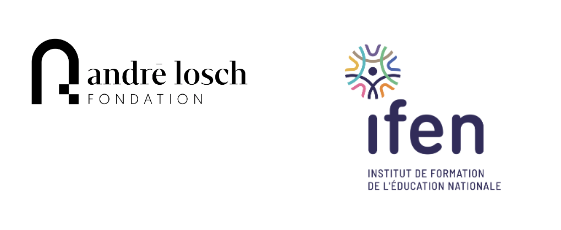With teachers into the future: Collaborative Approaches to Education for Sustainable Development
BNE – Excuse me?
Education for Sustainable Development (ESD) – what is it anyway? What topics does it mean? What skills are taught? And how do I discuss complex topics with young children without overwhelming them? These are questions that more and more teachers are asking themselves, because since Fridays For Future at the latest, it has been clear that our children and young people are also interested in what is currently happening with and on our planet .
Way2ESD – Further training
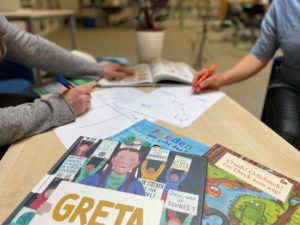
The aim of the training courses is to strengthen teachers ‘ understanding of ESD and to work with them to develop concrete approaches to implementing ESD. The aim is to convey ideas and suggestions from home and abroad that can be adapted to the respective classes and environments. A dynamic alternation between theory and hands-on activities is intended to create an inspiring atmosphere that encourages teachers to exchange ideas and later to implement what they have learned.
Accompanied by research and feedback from practice, the training courses are continuously adapted to the needs of the participants and thus constantly evolving.
Way2ESD – A Project for the Future
Climate change, dwindling resources, pandemics, social inequalities, loss of biodiversity, war, poverty, hunger – issues that dominate our world. With the Way2ESD project, we want to support teachers in dealing with these and similar issues in a child-friendly way . On the basis of a national survey on the current state of ESD in Luxembourg primary schools and in close cooperation with active teachers, further training courses are being developed that are geared to the questions and needs of practice.
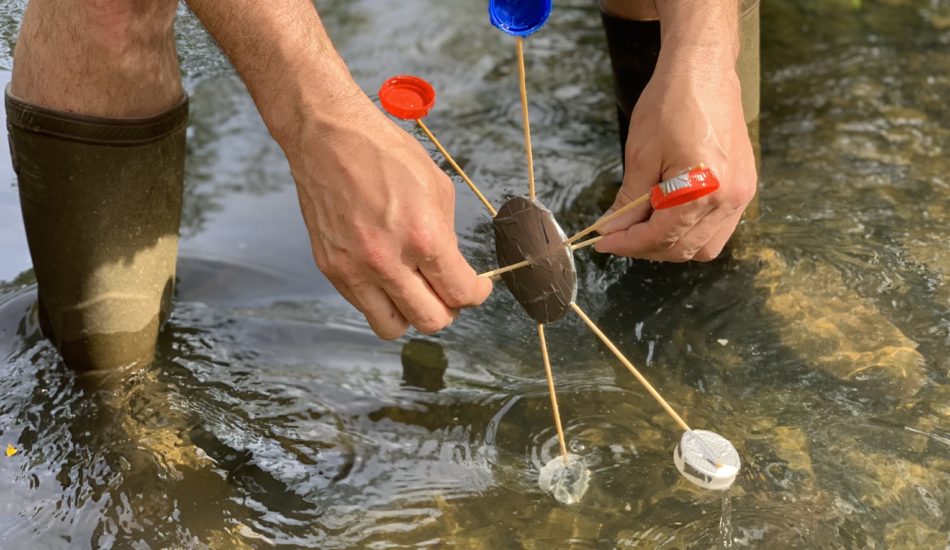
Project background
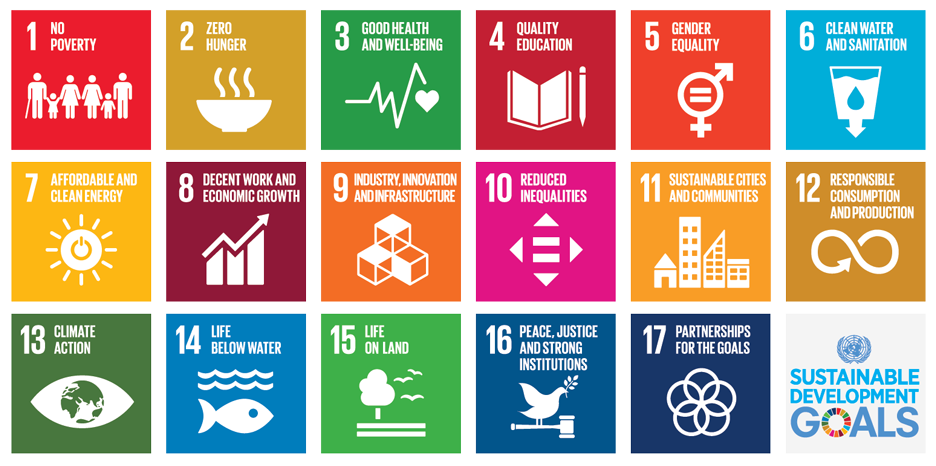
In a rapidly changing world, the United Nations (UN) and local politicians are trying to combat various crises, for example with approaches such as sustainable development . It should be more resource-efficient and environmentally friendly, eliminate poverty and hunger, and create peace in the world. In its Agenda 2030, the UN has set seventeen goals to ensure that the needs of the present generation are met without compromising the ability of future generations to meet their own needs (Brundtland, 1987). ESD plays a central role in the implementation of these goals. At the same time, the term “Education for Sustainable Development” leaves a lot of room for interpretation, which often leads to confusion during implementation. Through its close cooperation with practitioners, the Way2ESD project is able to offer context-specific training that shows teachers ways of concrete implementation, thereby increasing the implementation of ESD in Luxembourg primary schools .
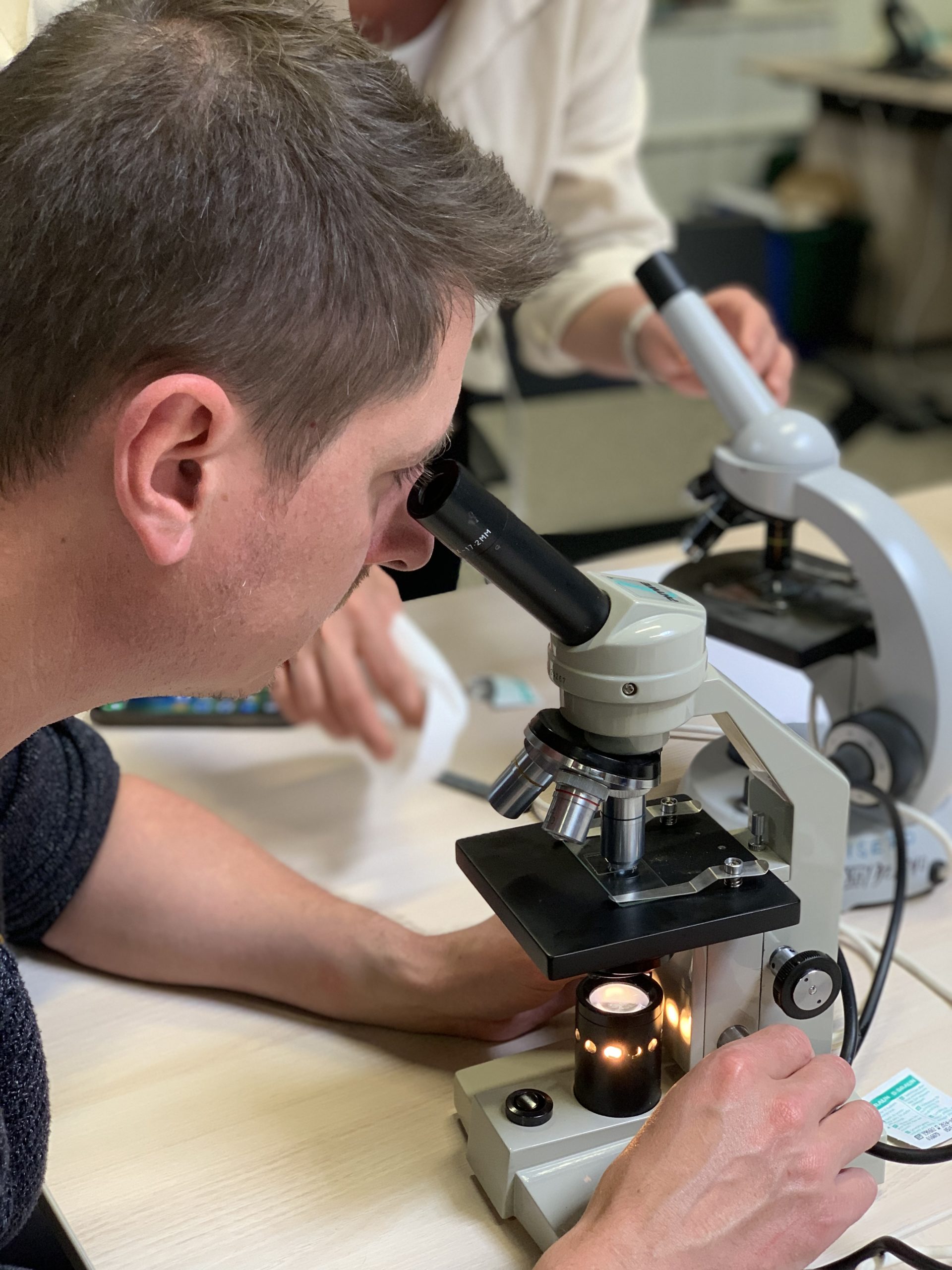
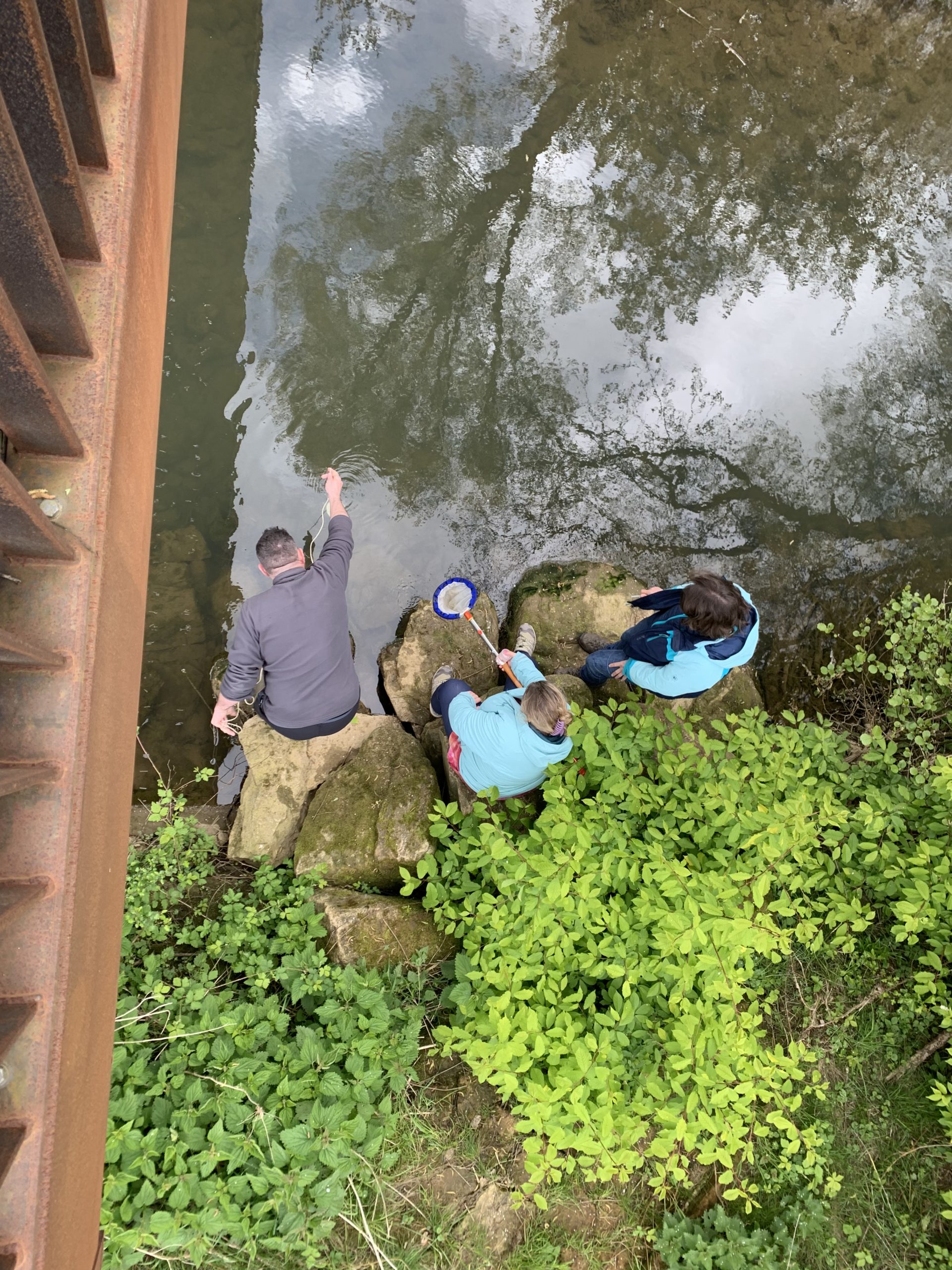
Brundtland, G. (1987). Report of the World Commission on Environment and Development: Our Common Future. United Nations General Assembly document A/42/427.
